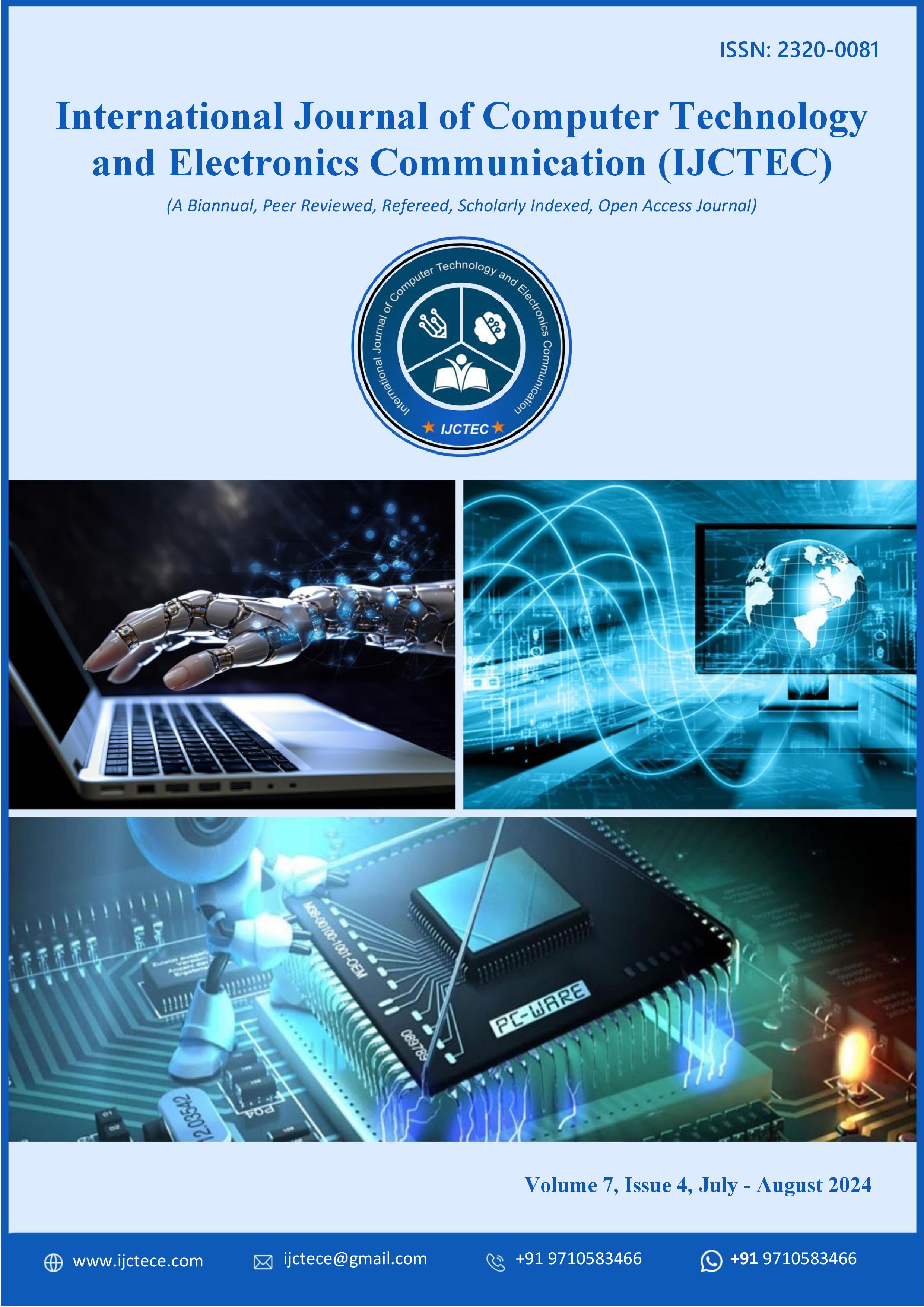Immersive Customer Engagement_The Impact of AR and VR Technologies on Consumer Behavior and Brand Loyalty
DOI:
https://doi.org/10.15680/a0199994Keywords:
Augmented Reality (AR), Virtual Reality (VR), Customer Engagement, Immersive Technologies, Digital MarketingAbstract
This article investigates the transformative impact of Augmented Reality (AR) and Virtual Reality (VR) technologies on customer engagement strategies across diverse industries. Through a comprehensive analysis of case studies and industry reports, we
examine how these immersive technologies facilitate enhanced customer experiences through virtual try-ons, interactive product demonstrations, immersive storytelling, and virtual events. Our findings reveal significant positive effects on customer satisfaction,
retention, and purchasing behavior when compared to traditional engagement methods. The article also identifies key challenges in AR and VR adoption, including technical barriers and implementation costs.
We propose a framework for businesses to effectively integrate these technologies into their customer engagement strategies, highlighting best practices and potential pitfalls. This article contributes to the growing body of literature on digital customer
experiences and provides valuable insights for marketers and business leaders seeking to leverage AR and VR to create more personalized, interactive, and memorable customer journeys in an increasingly digital marketplace.
References
[1] T. Jung, M. C. tom Dieck, N. Moorhouse, and D. tom Dieck, "Tourists' experience of Virtual Reality applications," in 2017 IEEE International Conference on Consumer Electronics (ICCE), Las Vegas, NV, USA, 2017, pp. 208-210.https://ieeexplore.ieee.org/document/7889287
[2] Allied Market Research, "Augmented and Virtual Reality Market Size, Share, Competitive Landscape and Trend Analysis Report by Organization Size, by Industry Vertical: Global Opportunity Analysis and Industry Forecast, 2021-2030," 2022. https://www.alliedmarketresearch.com/augmented-and-virtual-reality-market
[3] S. Karjaluoto, H. Mustonen, and N. Ulkuniemi, "The role of digital channels in industrial marketing communications," Journal of Business & Industrial Marketing, vol. 30, no. 6, pp.703-710, 2015. https://www.emerald.com/insight/content/doi/10.1108/JBIM-04-2013-0092/full/html
[4] M. Speicher, B. D. Hall, and M. Nebeling, "What is Mixed Reality?," in Proceedings of the 2019 CHI Conference on Human Factors in Computing Systems, Glasgow, Scotland, UK, 2019, pp. 1-15. https://dl.acm.org/doi/10.1145/3290605.3300767
[5] R. K. Yin, "Case Study Research and Applications: Design and Methods," Sage Publications, 6th edition, 2017. https://us.sagepub.com/en-us/nam/case-study-researchand-applications/book250150
[6] V. Braun and V. Clarke, "Using thematic analysis in psychology," Qualitative Research in Psychology, vol. 3, no. 2, pp. 77-101, 2006.
https://www.tandfonline.com/doi/abs/10.1191/1478088706qp063oa
[7] T. Hilken, J. Heller, M. Chylinski, D. I. Keeling, D. Mahr, and K. de Ruyter, "Making omnichannel an augmented reality: the current and future state of the art," Journal of Research in Interactive Marketing, vol. 12, no. 4, pp. 509-523, 2018.
https://www.emerald.com/insight/content/doi/10.1108/JRIM-01-2018-0023/full/html
[8] T. Jung, M. C. tom Dieck, H. Lee, and N. Chung, "Effects of Virtual Reality and Augmented Reality on Visitor Experiences in Museum," in Information and Communication Technologies in Tourism 2016, Springer, Cham, 2016, pp. 621-635. https://link.springer.com/chapter/10.1007/978-3-319-28231-2_45
[9] M. Billinghurst, A. Clark, and G. Lee, "A Survey of Augmented Reality," Foundations and Trends in Human–Computer Interaction, vol. 8, no. 2-3, pp. 73-272, 2015. https://www.nowpublishers.com/article/Details/HCI-049
[10] PwC, "Seeing is believing: How virtual reality and augmented reality are transforming business and the economy," 2019. https://www.pwc.com/seeingisbelieving


